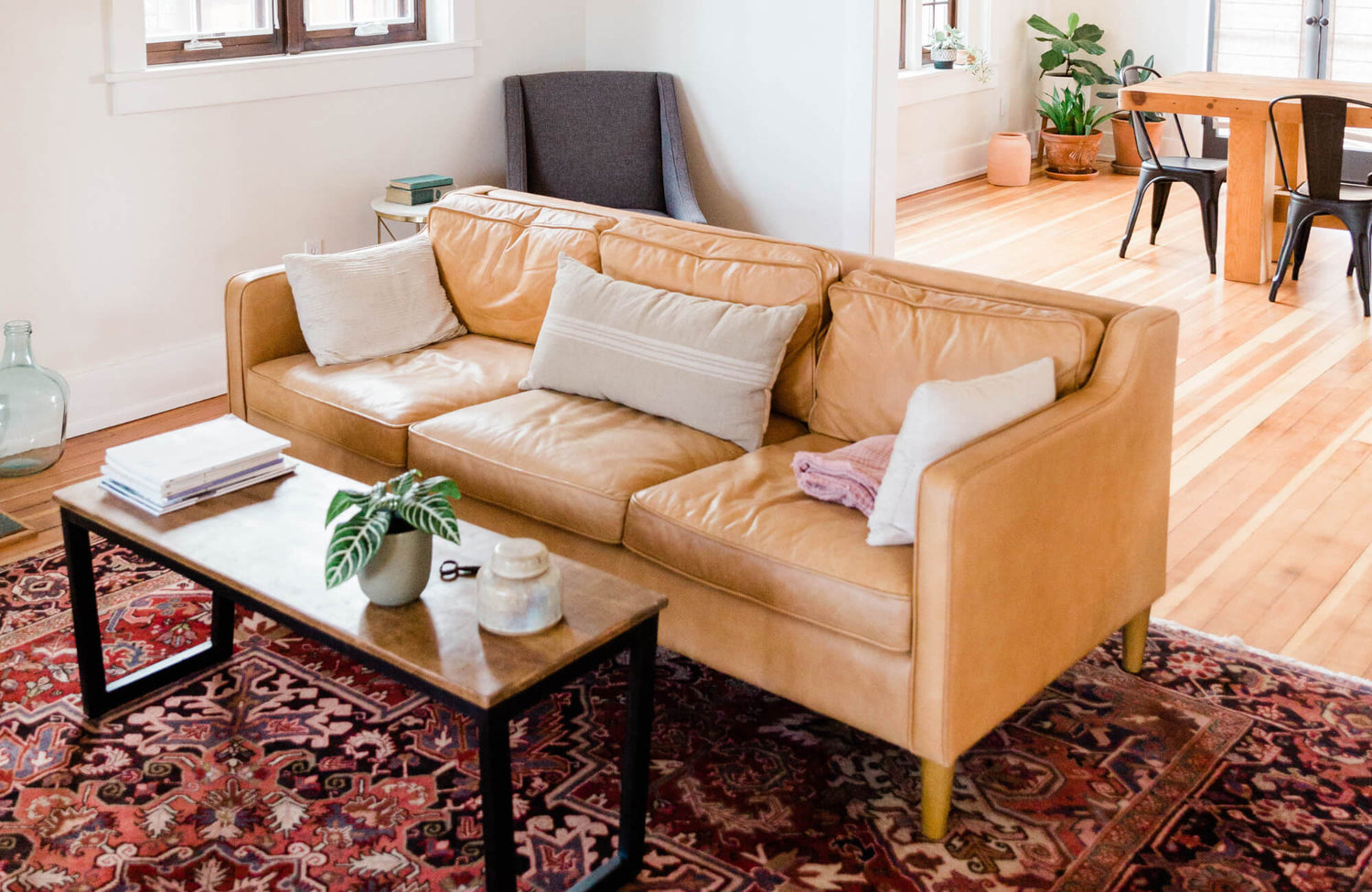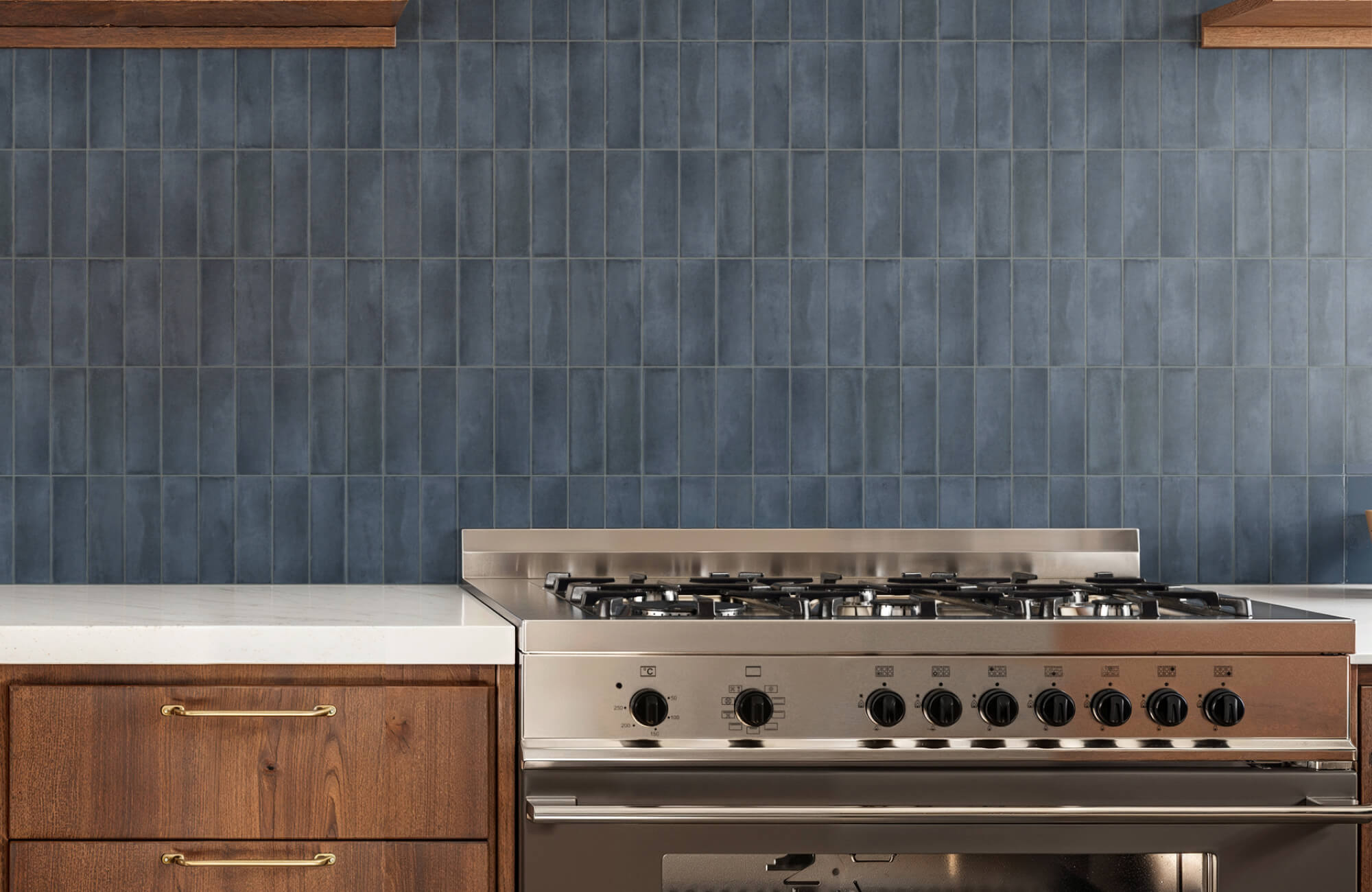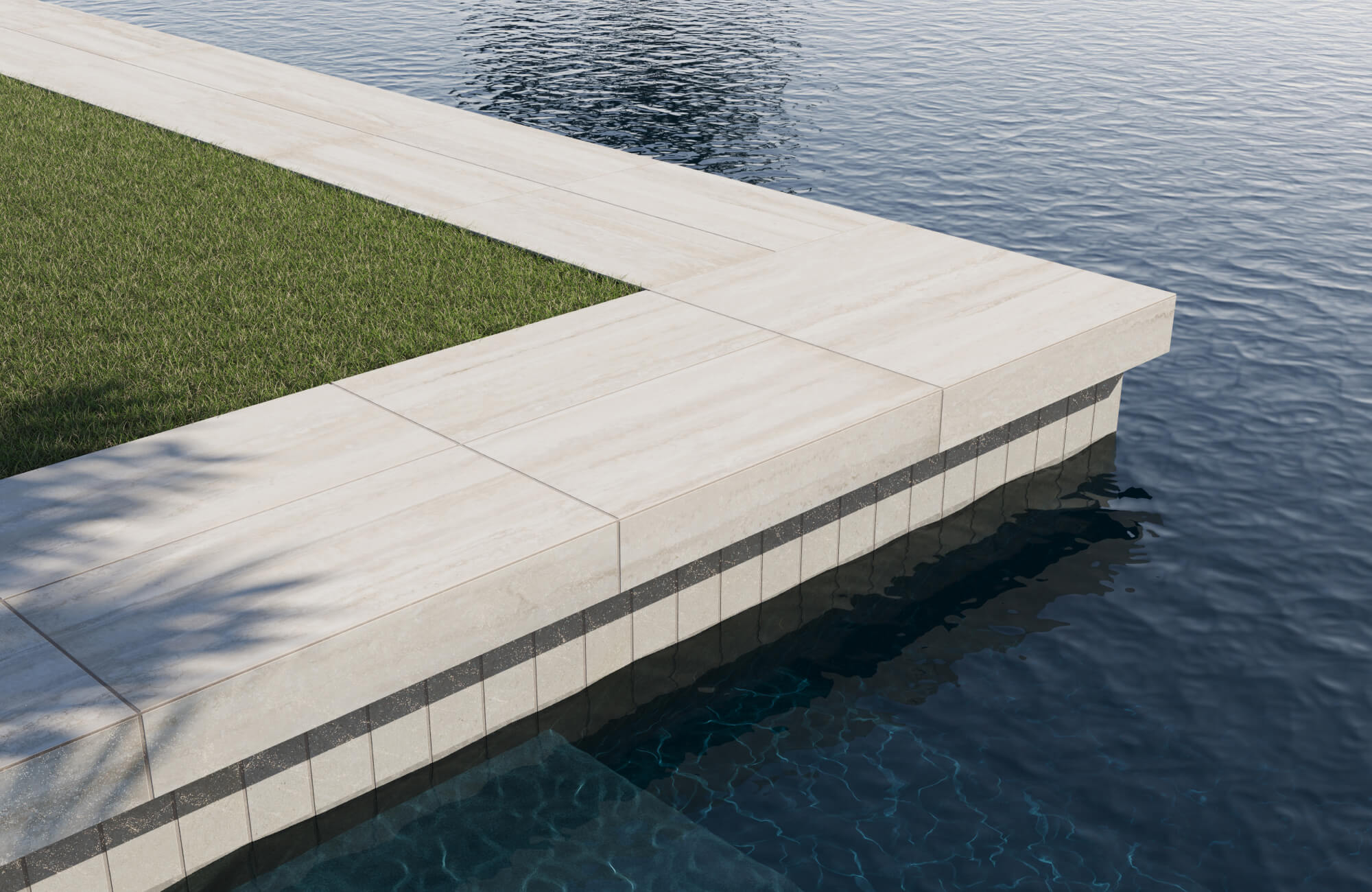Traditional rugs are far from outdated; they’re re-emerging as refined, dynamic elements in modern interior design. Crafted using centuries-old techniques like hand-knotting and flatweaving, these pieces introduce tactile richness and cultural depth through enduring motifs, medallions, arabesques, and floral patterns, woven in durable wool, silk blends, and naturally dyed fibers.
Rather than competing with contemporary aesthetics, traditional rugs bring contrast and cohesion. Their scale, texture, and pattern can ground open layouts or define intimate zones, seamlessly enhancing clean-lined furnishings and curated palettes. With that in mind, this blog will explore how Edward Martin’s design community integrates these timeless pieces into modern homes with intention and expertise.

The Evolving Definition of Modern Interior Design
As modern interior design continues to evolve, it’s no longer just about pared-down simplicity and neutral tones. Instead, designers are embracing bolder forms by layering textures, patterns, and contrasts to redefine what “modern” truly looks like.
Beyond Minimalism
Building on this evolution, the aesthetic once dominated by minimalism has shifted into a more curated, expressive sensibility. Today’s contemporary spaces balance clean lines with rich textures and mixed materials, think boucle, reclaimed wood, terrazzo, and soft metals, deliberately juxtaposed for both visual and tactile impact. While furniture silhouettes remain streamlined, they’re often softened by organic forms and plush upholstery. Additionally, bold accents such as hand-dyed wall coverings or sculptural lighting introduce depth and character without disrupting architectural clarity.
Consequently, this layered aesthetic creates an ideal backdrop for heritage-inspired pieces. For instance, Edward Martin’s Hutchinson Polyester Face Rug in Burgundy / Denim, featured in the image above, offers intricate detailing and a timeworn palette that pairs effortlessly with both sleek furnishings and soft neutrals. Its subtle complexity enriches the space, adding visual interest without disrupting the room’s modern harmony.
The Role of Contrast and Juxtaposition in Modern Spaces
Expanding on this theme, contrast has become a defining principle in modern interiors, used not only for emphasis but to build visual rhythm and narrative. Designers now pair matte with gloss, steel with wood, and angular forms with soft curves to create intentional friction that enlivens a room. For example, a blackened steel fireplace can ground a space defined by linen textures, while a handwoven rug layered over polished concrete underscores the interplay between craft and precision. Moreover, lighting, especially sculptural pendants, enhances these contrasts by casting shadows that activate surrounding surfaces.
Ultimately, these juxtapositions don’t fragment the design; they foster cohesion through contrast, giving modern spaces their distinctive, layered sophistication.

Why Traditional Rugs Complement Modern Interiors
Modern interiors have moved beyond cold surfaces and monochrome minimalism; today's design embraces warmth, narrative depth, and richly layered textures. By inviting traditional rugs into contemporary spaces, we introduce tactile comfort, subtle colorway highlights, and a sense of lineage that speaks volumes without saying a word.
Adding Warmth, Texture, and Character
To begin with, hand-knotted or flat-woven rugs made from natural fibers like wool or silk provide underfoot comfort and visual depth. Wool’s lanolin-rich fibers enhance softness, resilience, and insulation, qualities that are especially beneficial in modern homes with concrete or engineered wood flooring. Additionally, dense weaves and higher knot counts help absorb sound, while tonal variation from natural dyeing techniques introduces irregularity that offsets the precision of contemporary furnishings.
Importantly, even modern rug interpretations can deliver this tactile effect. For instance, Edward Martin’s Haverford Polyester Pile Rug in Desert / Rust, illustrated in the photo above, features a sun-washed palette and striated texture that soften architectural lines and bring cozy dimensionality to otherwise streamlined spaces.
Introducing Color and Pattern Without Overwhelm
Building on the idea of balance, traditional rugs also offer an effective way to introduce color and pattern without overpowering minimalist design schemes. Styles like Heriz and Tabriz incorporate geometric or floral motifs with rhythmic structure, helping to visually anchor seating areas or dining zones. Furthermore, their plant- or low-impact-dyed color palettes create subtle contrast or harmony, allowing for integration with contemporary tones while maintaining visual cohesion.
Providing a Sense of History and Authenticity
Lastly, traditional rugs contribute something few modern pieces can: a deep sense of history and authenticity. From Turkish kilims to Persian city rugs, these handcrafted textiles carry cultural narratives into modern rooms, adding soul to otherwise impersonal settings. Elements like abrash, hand-knotted irregularities, and natural patina serve as visible reminders of artisan heritage, introducing a lived-in character that contrasts meaningfully with sleek surfaces and reinforces a curated, human-centered aesthetic.

Strategic Placement and Styling for Modern Spaces
Even in sleek, open-plan homes, the right rug placement can weave warmth and coherence into your living space. With careful attention to layout, balance with furniture, and precise sizing, traditional rugs become powerful tools for defining areas, enhancing aesthetics, and elevating functionality.
Grounding Open‑Concept Layouts
To start, in large, open-concept spaces, rugs serve as essential visual anchors that delineate spaces like living or dining areas. For cohesion, it’s important to align rug placement with furniture groupings, ensuring that at least the front legs of primary pieces rest securely on the rug. Additionally, high-density, hand-knotted styles with textured fields and thicker pile (12–15 mm) not only provide tactile comfort but also improve acoustics. On continuous surfaces like polished concrete, layering a traditional rug over a flat-woven jute or sisal base introduces dimension while preserving a neutral tone foundation.
A compelling example of this approach is Edward Martin’s Georgette Polyester Pile Rug in Sky / Blush, as shown in the photo above. Its muted palette and floral detailing subtly frame a seating area without overpowering it, reinforcing structure while maintaining an open, airy feel.
Balancing with Modern Furniture and Artwork
Building on spatial definition, the relationship between rugs, furniture, and artwork also serves as a crucial design element in modern styling. To prevent visual clutter, pair ornate traditional rugs with minimalist furnishings and restrained accessories. For instance, placing a richly patterned Persian rug beneath neutral mid-century pieces creates a compelling contrast that celebrates both tradition and modernity. Furthermore, sculptural elements, like a cantilevered metal chair or a clear glass coffee table, can appear to “float” above the pattern, maintaining openness while introducing texture.
In addition, hanging geometric or abstract artwork above rug-anchored furniture draws the eye upward, balancing the room’s vertical weight and enhancing the layered design language throughout the space.
Selecting the Right Size and Orientation
Finally, proportion and placement are vital to ensuring the rug enhances rather than disrupts the room’s layout. In seating areas, rugs should either fully support or partially anchor key furniture legs for a cohesive look. As a general rule, an 8×10 ft rug suits a 14×20 ft space, while 9×12 ft or custom dimensions are more appropriate for larger zones. Orientation should align with the room’s longest wall or primary furniture axis to reinforce spatial flow.
Moreover, intentionally offsetting a square or compact rug can introduce subtle asymmetry and energy. Paying close attention to margins, ideally within ±2 inches of architectural features, helps visually stabilize the arrangement and refine the room’s proportions.

Choosing the Perfect Traditional Rug for Your Modern Home
Choosing the perfect traditional rug for a modern home means striking the right balance between color, pattern, and material to elevate your space. By exploring thoughtful palette choices, harmonious motif designs, and fiber-specific benefits, you’ll discover how to anchor contemporary interiors with pieces that feel both stylish and substantial.
Navigating Color Palettes
To begin, consider the mood you want to establish and build your color palette around it. Earthy tones like terracotta, olive, and muted rust create a grounded warmth that blends effortlessly with minimalist interiors. Alternatively, deeper shades such as indigo or charcoal can introduce contrast that energizes without overwhelming. For added precision, ordering swatches is a simple yet effective way to match undertones and maintain visual harmony with existing furnishings and finishes.
Pattern Play
Once your palette is established, turn to pattern to define visual rhythm and focal balance. Geometric medallions, seen in Hariz or Heriz styles, offer structured symmetry that works beautifully with modern lines. In contrast, floral and arabesque motifs from Tabriz or Kashan introduce softness that gently breaks up angular spaces. Importantly, scale is critical; bold motifs suit larger rooms, while tighter, repeated patterns are better suited for smaller areas. As illustrated in the image above, Edward Martin’s Charlise Polypropylene & Polyester Pile Rug in Bone / Denim demonstrates how a central medallion can create a calm, cohesive focal point within a minimalist layout.
Material Matters
Equally critical is the choice of material, which affects durability, texture, and upkeep. Wool remains a favorite for high-activity zones thanks to its resilience and natural insulation. A higher pile height enhances comfort, while dense knotting increases durability and visual definition. On the other hand, silk rugs, with their fine, luminous finish, are best suited for quieter, formal areas. Meanwhile, cotton and blended foundations provide structural stability, making them excellent choices for layering. For additional practicality, flat-woven rugs in wool or jute help reduce slippage and introduce subtle texture that plays well with smooth flooring surfaces.
To navigate these options with confidence, Edward Martin’s personalized design consultation service connects you one-on-one with a knowledgeable designer who can guide every decision, from color and fiber selection to optimal placement. Additionally, for tailored product advice or logistical support, Edward Martin’s contact team is always ready to assist with sourcing, sizing, and styling needs to ensure your rug choice is both beautiful and functional.

Common Misconceptions and How to Overcome Them
Although traditional rugs sometimes raise concerns, whether they'll date a room, clash with a minimalist aesthetic, or prove hard to source, these misconceptions often stem from misunderstandings. Let’s debunk each worry with clear, practical strategies that reveal how such rugs can enhance, rather than hinder, modern interiors.
“It will make my space look old‑fashioned”
Misconception: Traditional rugs inevitably date a room.
Reality: On the contrary, when paired with clean-lined furniture and contemporary accents, a traditional rug becomes a sophisticated focal point rather than a relic of the past. Mid-century silhouettes or abstract kilim-inspired patterns provide a bridge between old-world charm and modern aesthetics. Additionally, selecting rugs in understated palettes, such as charcoal, muted blue, or sage, ensures harmony with today’s refined interiors.
For instance, Edward Martin’s Hutchinson Polyester Face Rug in Sage / Graphite, featured above, illustrates this approach with ease. Its muted greens and deep charcoal tones pair seamlessly with minimalist furnishings, introducing warmth and texture that feels current and intentional.
“Traditional rugs are too busy for a minimalist design”
Misconception: Intricate patterns overwhelm minimalist spaces.
Reality: In truth, traditional rugs can complement minimalism when chosen with care. Tone-on-tone motifs or small-scale repeats add visual interest without disrupting the clean lines or open feel of a space. To maintain cohesion, limit additional accent colors and consider layering a low-pile rug over a neutral flat-weave base to keep the look subtle and grounded.
“I don’t know where to buy authentic traditional rugs”
Misconception: Authentic rugs are difficult to find and verify.
Reality: Thankfully, authentic handwoven rugs are more accessible than ever when purchased through reputable sources. Look for trusted dealers who specialize in Turkish, Persian, or Central Asian styles and provide traceable provenance. Verifying details like knot density (typically 120–300 KPSI), abrash (natural dye variation), and fiber content (wool or cotton foundations) helps ensure legitimacy. Moreover, when shopping online, requesting close-up images and detailed specs, along with ordering swatches, can give you confidence before making a final purchase.
A Timeless Layer for the Modern Home
Nonetheless, traditional rugs do more than simply decorate a room; they help shape it. Thanks to their hand-knotted construction, natural fibers, and nuanced abrash, they offer acoustic softness, visual depth, and warmth that elevate even the most minimal spaces.
When selected with thoughtful attention to pile height, pattern scale, and tonal harmony, these rugs become foundational design elements, bridging old-world craftsmanship with contemporary intent. Whether you're sourcing a new piece or refining your room’s aesthetic, Edward Martin’s team is ready to assist with expert insight and personalized support at every step.







